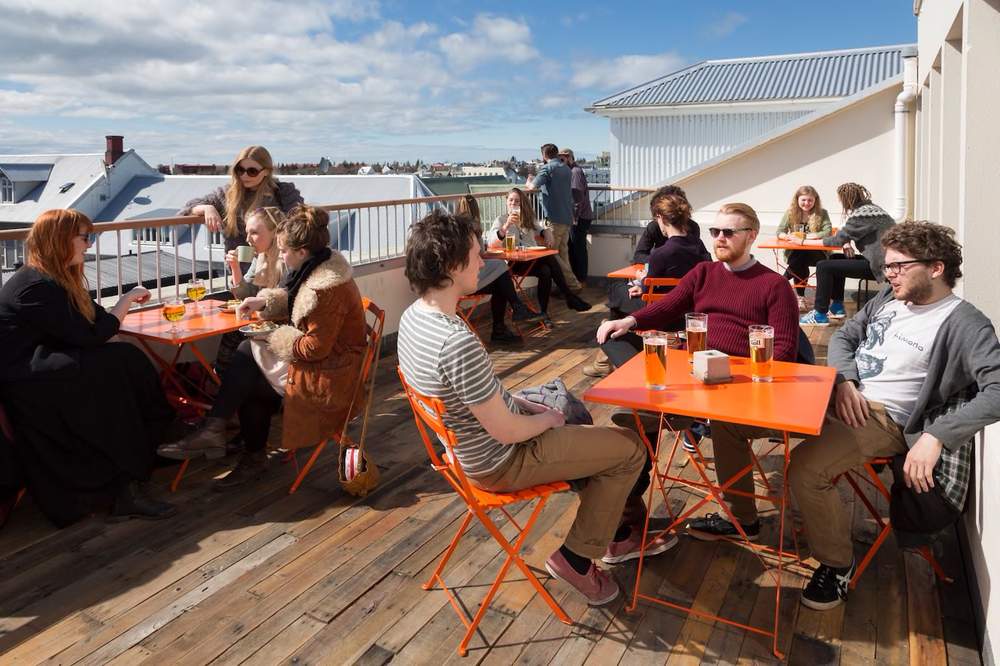Iceland Tourism and the Mixed Blessings of Airbnb

Skift Take
The island nation of Iceland, which is roughly the size of Portugal and located about 1,100 miles northwest of London, is a flashpoint for the encroaching forces of tourism, globalization, and of course, Airbnb, too.
Earlier this week we published Iceland and the Trials of 21st Century Tourism, a close examination of the rapid influx of tourism into the country following the global financial crisis.
In over 10,000 words we dive deep into what's happening on the ground now in the Arctic destination based on interviews conducted this summer with travel and tourism leaders in Reykjavik and other parts of Iceland. In the excerpt, below, we look at how Airbnb has solved some housing challenges while causing different ones at the same time.
If it weren’t such a contentious subject for locals, the rise of Airbnb in Reykjavik could represent a major success story for the sharing economy giant.
The number of hotel rooms in Iceland has increased by 42 percent since 2010, according to data from Statistics Iceland, with 394 hotels and hostels active across the country by the end of 2015.
Downtown Reykjavik is now dotted with cranes looming above the skyline, as dozens of hotels are being built and converted from underutilized buildings across the city. But hotel growth simply hasn’t kept pace with tourism. To put things in perspective, the total number of visitors to Iceland increased by 264 percent over the same period of time.
Airbnb has helped fill the gap between available hotel rooms and hotel room demand.
Dialing down on Reykjavik itself, the effect is staggering. Iceland Tourist Board data suggests that 4,688 hotel rooms were available in or around Reykjavik by the end of 2015.
The most recent breakdown of Airbnb listings in Reykjavik by technologist Tom Slee found 2,551 distinct listings in Reykjavik when he scraped the site in April 2016.
Adding up the available bedrooms put onto the market through Airbnb amou
